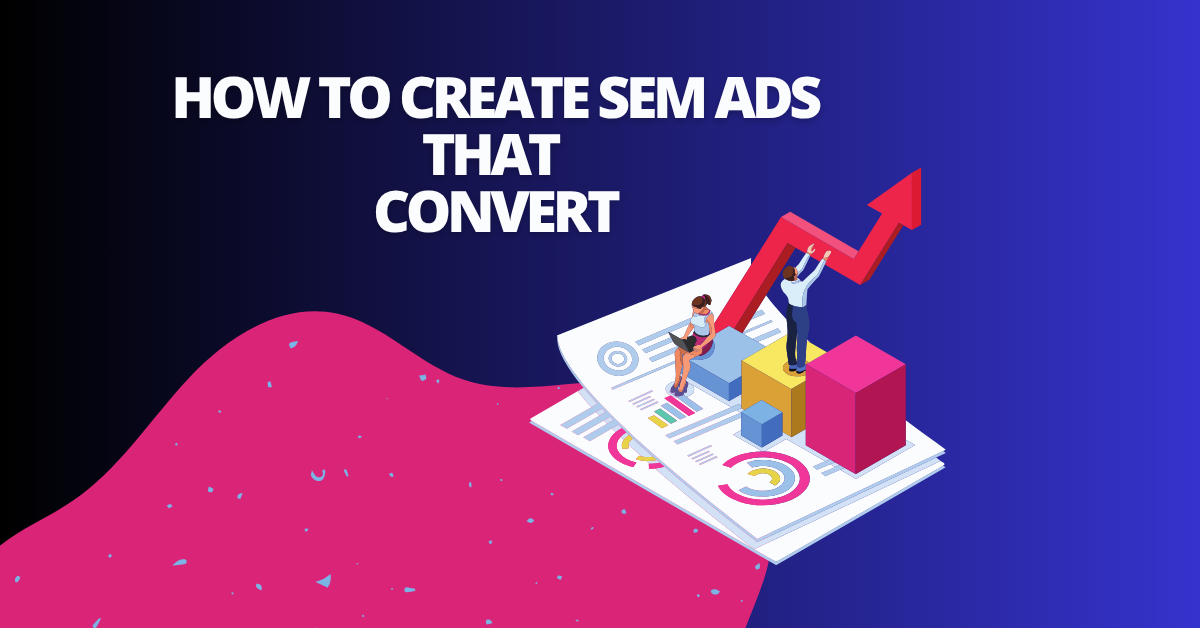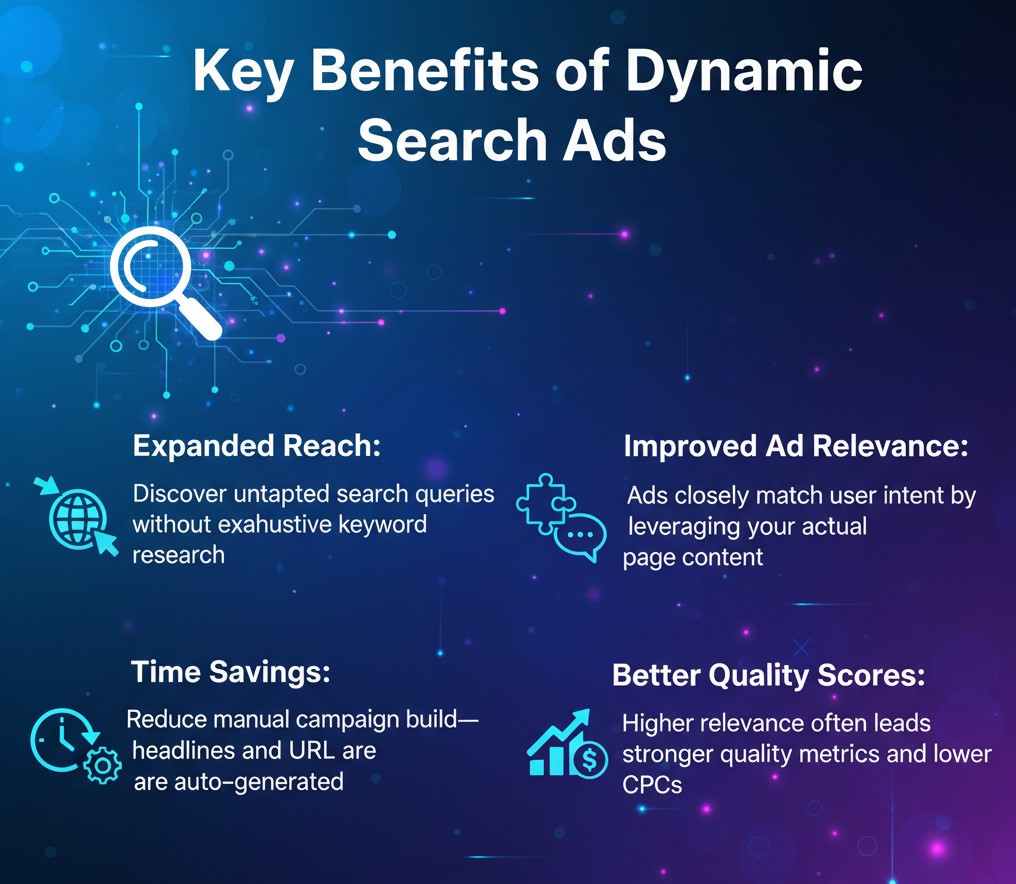
Creating high-performing Search Engine Marketing (SEM) ads can feel like navigating uncharted terrain. With so many variables to consider—from keyword selection to ad copy optimization and bid strategies—it’s easy to get overwhelmed. However, SEM can be one of the most cost-effective and measurable ways to drive traffic and generate leads when done right.
This comprehensive guide will walk you through the essential steps to create SEM ads that not only attract clicks but also convert into tangible results. Whether you’re new to SEM or looking to refine your approach, these proven strategies will set you on the path to success.
What Are SEM Ads?
Before we jump into the how-to, let’s clarify what SEM ads are. SEM, short for Search Engine Marketing, is the practice of using paid advertisements to appear on search engine results pages (SERPs). These are often referred to as pay-per-click (PPC) ads. Unlike organic search, SEM allows you to bid on keywords and ensure your website appears at the top of relevant search queries.
Popular platforms for SEM include Google Ads and Bing Ads, with the former dominating the market. Businesses of all sizes leverage SEM to enhance visibility, attract targeted traffic, and increase conversions.
Benefits of SEM Ads for Your Business

Here’s why incorporating SEM into your marketing strategy matters:
- Instant Visibility: Unlike SEO, which can take months, SEM puts your business in front of potential customers immediately.
- Highly Targeted Traffic: Ads are shown to users actively searching for your product or service, increasing the likelihood of conversions.
- Measurable Results: SEM platforms provide detailed analytics, enabling you to track clicks, impressions, conversion rates, and return on investment (ROI) in real-time.
- Scalability: Whether you’re a startup or an enterprise, SEM can be scaled to suit your budget and goals.
Now that we’ve established why SEM is worth your time, let’s break down the process of creating your first SEM campaign.
Step 1: Define Your Campaign Goals
Every SEM campaign should start with a clear objective. Ask yourself, “What do I hope to achieve?” Common goals include:
- Driving website traffic
- Generating leads
- Increasing conversions
- Building brand awareness
Clearly defining your goal helps guide your ad strategy, keywords, and performance metrics. For example, if your goal is conversions, you’ll want to focus on creating a landing page with a strong call-to-action (CTA) and tracking form submissions.
Step 2: Research Keywords That Matter
Keyword research is the backbone of any successful SEM campaign. These are the search phrases your target audience is using to find products or services like yours.
Tips for Keyword Research:
- Use Keyword Research Tools
Tools like Google Keyword Planner, SEMrush, or Ahrefs can provide valuable data on search volume, competition, and cost-per-click (CPC).
- Focus on Intent
Not all keywords are created equal. Focus on keywords with high intent, meaning the user is likely ready to take action. For example, “buy Nike sneakers online” signals purchasing intent compared to “history of Nike sneakers.”
- Include Long-Tail Keywords
Long-tail keywords (e.g., “affordable SEO tools for small businesses”) may have lower search volume but usually have higher conversion rates due to their specificity.
Pro Tip: Don’t forget negative keywords! These are terms you exclude to prevent targeting irrelevant audiences, saving you money over time.
Step 3: Create Compelling Ad Copy
Your ad copy is what convinces users to click. With limited character space, every word must count. Here’s how to craft effective ad copy:
Key Components of SEM Ad Copy:
- Headline
Your headline should immediately grab attention. Include target keywords to improve relevance. Example: “Get Fresh Organic Coffee Delivered to Your Door.”
- Description
This is your opportunity to provide more context and entice clicks. Highlight a unique benefit, such as free shipping or a discount. Example: “Shop now for 25% off all orders. Fast, free delivery available!”
- Call-to-Action (CTA)
Always end with a strong CTA. Examples include “Sign Up Today,” “Claim Your Free Trial,” or “Book a Demo Now.”
- Display URL
Ensure your display URL is clean and easy to remember, such as www.brandname.com/offers.
Pro Tip: Test multiple versions of your ad copy (A/B testing) to see which resonates more with your audience.
Step 4: Set Your Bids and Budget
SEM operates on an auction system where you bid on keywords. The amount you bid, combined with your ad quality, determines when and where your ad is displayed.
Tips for Managing Your Budget:
- Start Small
Begin with a modest daily budget, then gradually increase it based on performance.
- Set Bid Strategies
Choose between manual or automated bidding. Automated bidding options, like “Maximize Conversions” or “Target ROAS (Return on Ad Spend),” are great for beginners.
Don’t forget to monitor your cost-per-click (CPC) and cost-per-action (CPA) to ensure profitability.
Step 5: Design a Landing Page That Converts
Driving traffic to your website is only half the battle; your landing page must seal the deal.
Key Elements of a High-Conversion Landing Page:
- Clear Headlines
Your headline should match the promise made in your ad.
- Strong CTA
Use action-oriented language like “Claim Your Free Trial Now.”
- Minimal Distractions
Avoid unnecessary links or navigation bars to keep users focused.
- Fast Loading Time
Slow pages can kill conversions. Use tools like Google PageSpeed Insights to optimize loading times.
Pro Tip: Match your landing page content with the keywords you targeted. For instance, if your ad promotes “affordable web design packages,” your landing page should prominently feature those packages.
Step 6: Monitor and Optimize Campaign Performance
Once your campaign is live, the work isn’t over. Regularly monitoring and adjusting your strategy is crucial for long-term success.
Metrics You Should Track:
- CTR (Click-Through Rate)
Measure how effective your ad copy is.
- Conversion Rate
Determine how many clicks result in action (e.g., purchase, sign-up).
- Quality Score
Google assigns a quality score based on ad relevance, expected CTR, and landing page quality. A high score lowers your CPC.
- Impression Share
Understand how often your ads are being shown compared to competitors.
Use data insights to tweak your campaigns. For instance, if a specific ad copy isn’t performing well, test new variations.
Final Thoughts: Take the Leap Into SEM Success
Creating SEM ads may seem daunting initially, but following these steps can help simplify the process. SEM allows businesses to connect with their target audience in a way that’s immediate and impactful. From conducting thorough keyword research to crafting compelling ad copy and fine-tuning your campaigns, every step contributes to your bottom line.
Now, it’s time to put this knowledge into action. Whether you’re aiming to generate quality leads, drive consistent website traffic, or boost sales, SEM can help you achieve your goals. Start small, monitor results, and continuously optimize for success.
Need more guidance on digital advertising? Explore our in-depth resources or connect with our SEM experts today!
Learn more: How to Choose Keywords for SEM


Leave a Reply